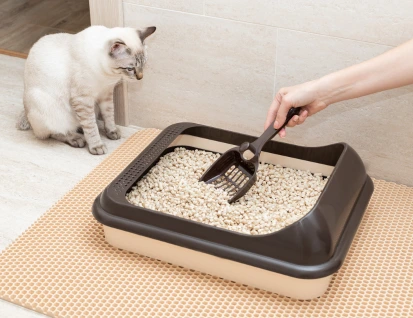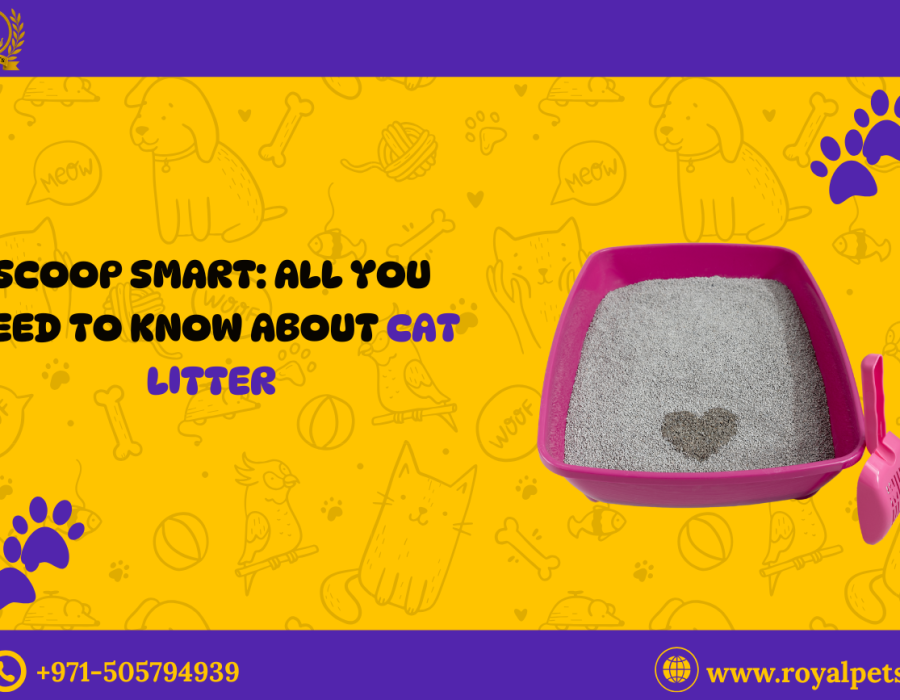If you’re a cat mom or dad, you’re well aware of how much a great cat litter means to your kitty—and your nose! From odor control to hygiene, the litter you select can make all the difference in your home. If you’re new to cat parenthood or seeking to level up your litter box game, this guide’s got you covered. Let’s scoop smart and discover all there is to know about cat litter, from its types and advantages to the best cat litter for your cat.
Why Cat Litter Matters
Cat litter does more than just give your cat a place to do their business. It keeps your house cleaner, controls odors, and allows for your cat’s natural instincts. The right litter can encourage frequent use of the litter box and reduce accidents. With all the options available, it is useful to know the differences so that you can choose well.

Types of Cat Litter: What’s Out There?
Here’s an overview of the most popular cat litters available:
Clumping Clay Litter: It consists of bentonite clay and can quickly become solid clumps upon contact with moisture. It is easy to scoop and quite effective in odor control.
Advantages: Easy to clean, superb odor control
Disadvantages: Heavy, not biodegradable
Non-Clumping Clay Litter : This type of litter absorbs moisture but will not clump. It requires more frequent changing to stay fresh.
Pros: Cheap, good for kittens
Cons: Worse odor control, messier
Cat Litter Sand :Cat litter sand is a sand-textured litter that mimics the outdoor terrain that cats would naturally use. It’s paw-friendly and normally preferred by picky cats.
Pros: Natural texture, not abrasive to paws
Cons: Can be dusty, tends to track outside the box.
Crystal (Silica) Litter : Crystal litter is silica based and will take up water upon contact. It should last longer and is almost dust-free.
Pros: Low maintenance, excellent odor control
Cons: More costly, some cats do not like the feel
Biodegradable Litter : Composed of materials such as corn, wheat, pine, or paper, this green alternative is becoming increasingly popular.
Pros: Eco-friendly, flushable varieties available
Cons: Often more costly, will not clump as well
Frequent Cat Litter Mistakes And How to Avoid Them
Not Scooping Frequently Enough: Scoop every day to maintain the box’s cleanliness and avoid odor accumulation.
Using Too Little or Too Much: Experiment with 2–3 inches of litter. Not enough and it won’t absorb; too much and it will be a disaster.
Sudden Litter Change: Add new litter to old litter gradually to help transition your cat.
Not Paying Attention to Your Cat’s Taste: Fussy cats do exist! When they stop using the box, the litter could be the culprit.
Royal Pets Recommends
At Royal Pets, we offer a carefully curated range of cat litter that varies from high-end cat litter sand, odour-controlling clumping types, to eco-friendly biodegradable options.We are committed to providing both convenience to your cat and to you. Whether you’re purchasing a single indoor cat or balancing multiple furry friends, we’ll help you determine the best cat litter for your needs. And keep in mind—your cat’s comfort is the secret to keeping their litter habits as healthy and consistent as possible.
Conclusion
The litter box is never glamorous, but it’s part of what you need to do to care for your cat. By choosing the best cat litter, you create a cleaner, healthier environment for you and your cat. Remember your cat’s temperament, your way of life, and how you clean when choosing and don’t hesitate to try a little until you have what you’re searching for.
Scoop smart. Shop smarter. Choose Royal Pets.





Comments